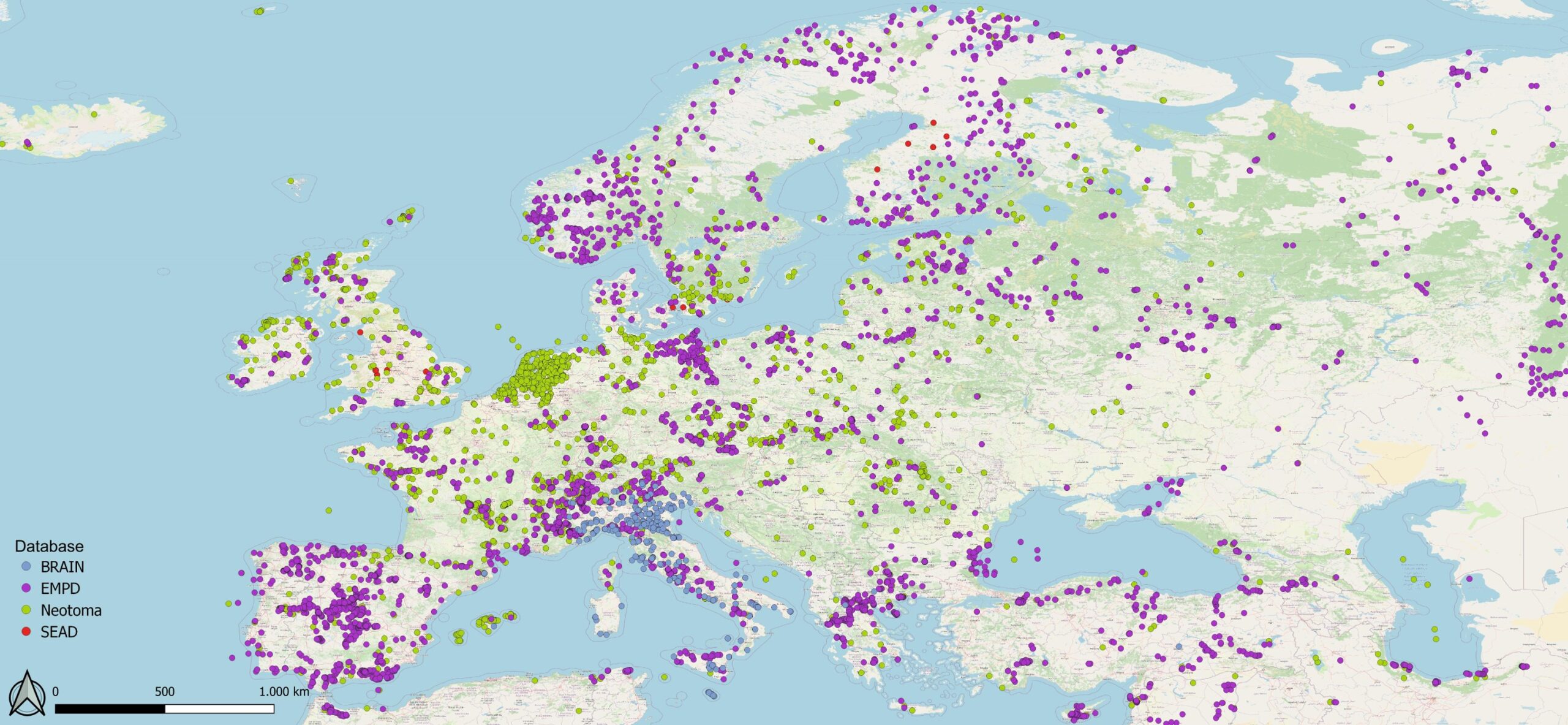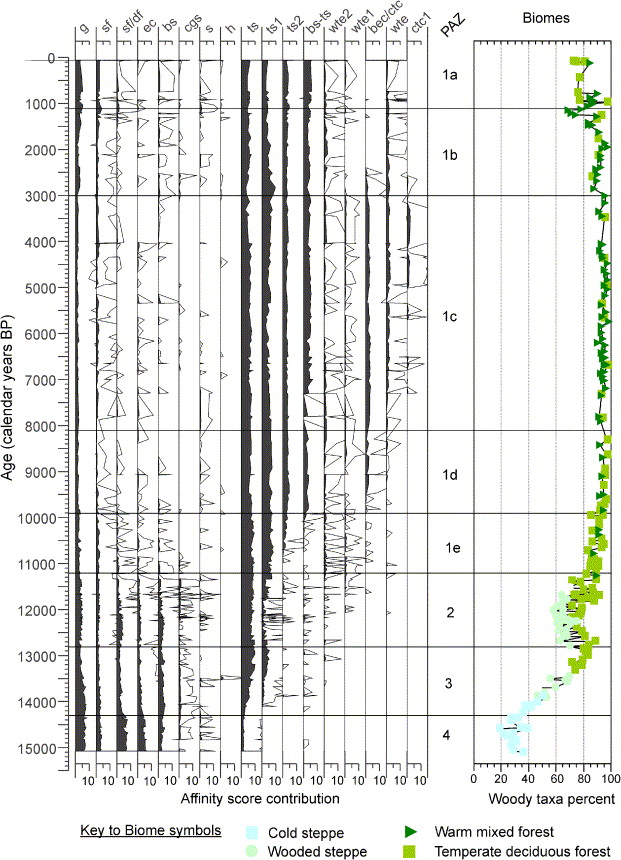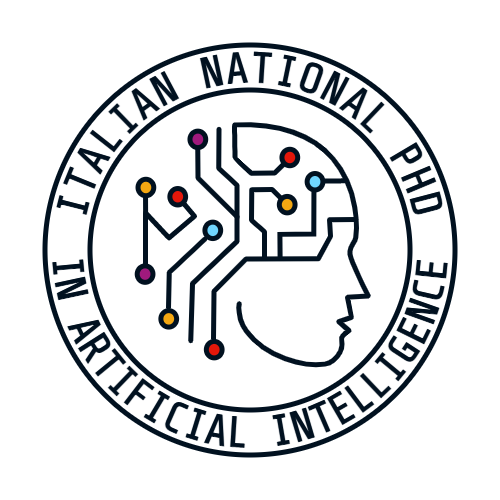Reconstruction of the paleoenvironment with AI techniques, starting from archaeobotanical data: the relationships between humans and non-humans. (2023-2026)
Environmental reconstructions play a crucial role in archaeology, allowing researchers to understand the complex interaction between humans and their surrounding environments throughout history. Over the last decade, Artificial Intelligence (AI) has been increasingly explored in the archaeological field and the application of techniques that are part of AI has proven to be a valid aid in repetitive or time-consuming tasks.
This project is part of a PhD in Artificial Intelligence at the Department of Computer Science of the University of Pisa. Its purpose is to use AI-based models to reconstruct the vegetation landscape of ancient times and identify its biome, based on archaeological botanical data. Importance is given to pollen analyses, through which it is possible to study the vegetation present in a specific area at a chronological moment. The results of counting pollen grains preserved in the sediments are processed through predictive and generative AI techniques to identify the biome and generate hypothetical scenarios of how the paleoenvironment of a given investigated area could have appeared. A fundamental part of the project is the proposal of a human-in-the-loop approach; To ensure the scientific validity of the data, industry experts, such as archaeologists, can interact and influence the reconstruction system to obtain effective, efficient and reliable data.


The project is organized into five phases:
• State of art. The first phase involves both the exploration of available repositories and datasets regarding pollen sequences from archaeological and non-archaeological contexts and the bibliographic collection regarding the study techniques for reconstructing the paleoenvironment to monitor the state of the art and choose case studies on which to develop a Proof of Concept.
• Development of reconstruction models. In this phase there are three main objectives: the development of reconstruction systems for the identification of the type of biome and the creation of hypothetical paleoenvironmental scenarios; The identification of species present and not found in the archaeological documentation; the identification of associations between coexisting species.
• Generation of scenarios. The third phase is the one in which the results obtained from the previous steps are returned in the form of a scenario with textual descriptions or photographs, using adversative generative neural networks (GAN). The objective of this phase is also to highlight the impact of human beings on vegetation and the environmental transformation in which they live.
• Model testing. The project involves testing previously developed models with paleoentomological data that cover the same geographical and chronological areas.
• Development of continuous learning methods. In the last phase, the development of a system that can guarantee the sustainability of the project objectives in the future through Continual Learning methods is envisaged. Interest is also placed on improving the developed methods so that it is possible to work in conditions of data scarcity.
The project is characterized by transdisciplinarity as it combines knowledge in data analysis, archaeology and paleoecology.
Progetto a cura di:
Elisa Paperini
e.paperini1@studenti.unipi.it


